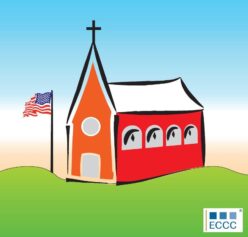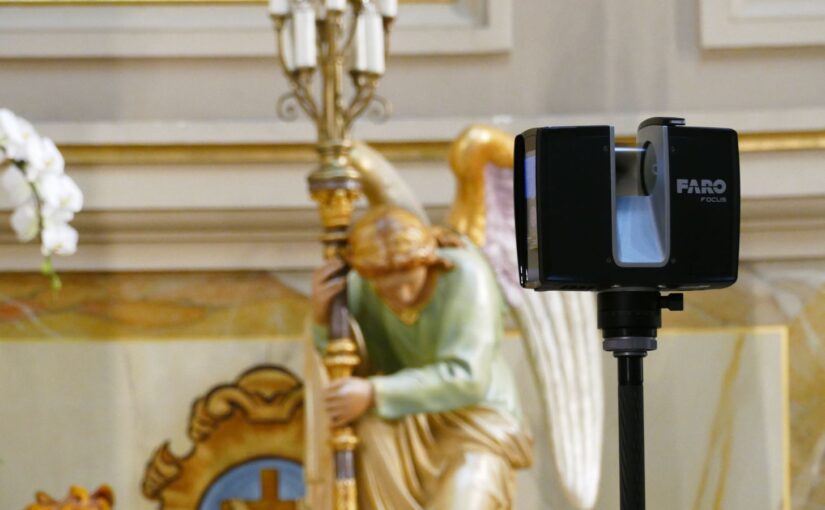As a result of the meanders of history, large groups of Polish people lived and worked outside the borders of the Republic of Poland. Objects of Polish cultural heritage were built on different continents, mostly churches, but not only. These are usually little-known monuments of culture and art, created by Polish communities. The same meanders of history mean that this Polish cultural heritage falls into oblivion and is often endangered in its existence.
The development of information technology now makes it possible to record the appearance of Polish cultural heritage objects in the digital 3D form with very high accuracy. Data obtained in this way, documenting the current state of objects, can be stored permanently and made available for various purposes. Regardless of the later history of objects, it will be possible to promote them, watch them, study them or use them to create virtual worlds in which you can immerse yourself as in real ones. We hope that these activities will bring viewers closer the cultural achievements of Polish communities who remain abroad, bur not only.
The portal also presents historical information about the researched objects, descriptions of scientific expeditions and other activities promoting the achievements of the Polish community, bringing them closer to all Polish citizens and the international community.
The name of the portal refers to the Polish cultural heritage and digital 3D technologies, i.e. three-dimensional scanning, modelling and presentation of real objects.
3D scanning technology consists of obtaining information about the size and appearance of objects using 3D scanners – special Hi-tech devices. The acquired data is then subjected to post-processing, i.e. processing with the use of specialized software. As a result, object models are created: base models – mapping the geometry and appearance of the object in order to document them, and for dissemination – for presentation on the Internet or for use in technologies such as virtual reality (VR).
The portal was created, maintained and developed by the ECCC Foundation from Lublin.
(c) ECCC Foundation – Lublin

